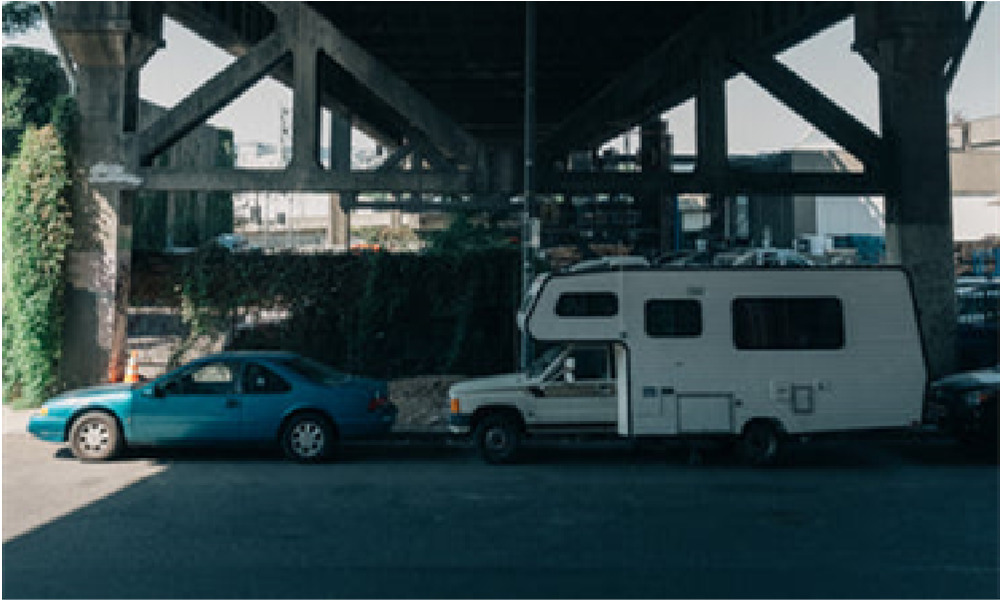A deep cycle battery for RV is a familiar, even hotly discussed topic when outdoors. Once people find its value in life and operation, it is still necessary to take advantage of the energy to find the best deep cycle battery for RV.
An RV needs the proper deep-cycle batteries. You’ll be grateful for these batteries because they will always provide the consistent power you need after a long, lonely journey. Unlike starter batteries, which provide an initial burst of energy and maintain a constant charge, deep cycle batteries are made to be mostly discharged (your automobile battery is a clear illustration).
The durability of your deep cycle battery is important if you intend to run an application for a long time. Lithium-ion technology has recently gained popularity as a deep cycle battery option for use in lights, RVs, marine vessels, and other applications. It is obvious due to its thin profile, rapid charging time, and good battery life. When selecting a deep cycle battery, consider the following lithium-ion parameters.
1. Is a RV deep cycle AGM or lithium?
Budget plays a big role in deciding which RV deep cycle battery to buy! The decision to utilize an AGM may seem clear given that lithium batteries are more expensive, to begin with. However, why is there a distinction? AGM batteries continue to be less expensive because of the readily available and reasonably priced components needed to make them. The materials used in lithium batteries, however, cost more and can be harder to source (i.e. lithium).
The lifespan of these batteries should also be taken into account when making a decision. This could help to cover the initial cost of lithium. Most noticeable are the differences between lithium and AGM in the following areas:
The depth of discharge can be delicate with AGM batteries. It implies that the battery has fewer cycles the deeper it is depleted.
To maximize their cycle life, AGM batteries should normally only be discharged to 50% of their capacity. Because the 50% depth of discharge is so shallow, more batteries are required to obtain the necessary capacity. It involves greater upfront fees and an increase in the amount of storage space needed.
A lithium (LiFePO4) battery, on the other hand, has a significantly longer cycle life since the depth of the drain has less of an effect on it. Its 80-90% DOD allows for the proper capacity to be reached with fewer batteries. Because there are fewer batteries, less storage space is required.
2. Working principle of a lithium iron phosphate battery
Lithium iron phosphate is used as the cathode material in deep cycle batteries, and a graphite electrode with a metallic back serves as the anode. LFP is a polyanion complex made up of many negatively charged elements, unlike many cathode materials. In contrast to the 2D slabs of nickel manganese cobalt, its atoms are organized in a crystalline structure to create a 3D network of lithium ions.
Like other lithium-ion (Li-ion) batteries, the LFP battery cycles between positive and negative electrodes to charge and discharge. Phosphate, as opposed to cobalt oxide or manganese oxide, is a non-toxic substance. Additionally, LFP batteries have a greater charge cycle range of 2,000–3,000, which allows them to deliver steady voltage.
It would help if you took care of your RV battery once you chose it. It is because, irrespective of whether it is a functional or maintenance-free kind, its lifespan greatly relies on how well you take care of it. Your battery maintenance practices, how it is drained and recharged, and the storage environment affect how well you take care of it.
If you enjoy camping and have regular access to power sources, all you need to worry about is correctly extending the life of your battery. However, if you enjoy treks into the woods, you should consider providing your car with as many amp-hour capabilities as possible. It might include purchasing a big battery. You have access to more amp hours the bigger the battery is.
- Low Price And Minimal Impact
LFP is renowned for being inexpensive, with some estimations placing its cost per kilogram as much as 65% cheaper than that of nickel-rich NMC. The chemical makeup of the product accounts for the cost advantage. Worldwide, vast amounts of phosphorus and iron are mined for use in several industries.
Deep cycle batteries, such as LFP don’t include nickel or cobalt, which are expensive, have a limited supply, and have a greater environmental impact. As a result, they have less of an influence on the environment.

- Effective Performance
Due to the slower rates of capacity loss, lithium iron phosphate batteries have longer life cycles than conventional lithium-ion batteries. Additionally, because of their lower voltage level, cells are less vulnerable to reactions that reduce capacity. LFP-powered vehicles may supply power more quickly and achieve a greater charge/discharge efficiency because of a stable discharge voltage and lower internal resistance.
- Enhanced Stability And Safety
LFP is less likely to explode or catch fire as a result of overuse or structural damage because it is thermally and chemically stable. Thermal runaway in lithium cobalt oxide batteries can happen if cobalt, which has a negative temperature coefficient, isn’t present.
- Maintenance Of A Deep Cycle Battery For RV
RV deep cycle batteries are the best batteries for regular or sporadic low amp demands. This is why they are used in RVs. For a long time, deep cycle batteries offer low amps to power your lights, appliances, and many other RV-provided conveniences.
The care of your batteries can be done in a few different ways. Making ensuring they are unplugged from all power sources is the best course of action. Your RV’s clock and carbon monoxide detectors need power. They’ll cause your battery to run out of power. Despite the fact that many RVs include power disconnect switches, not all power sources may be completely cut off. Check to see if any power is not being pulled from the battery.
Summing up!
The discussion of the deep cycle battery for RV continues unabated. Under the advice of many people on purchasing RVs, or the measures to purchasing deep cycle battery for RV, there will be a lot of warm tips from users.
In RVs, converters are frequently installed. When you connect to shore power, a converter charges your batteries. Using a converter, for instance, we can maintain the charge of our batteries. You should look into buying a converter if you don’t already have one or if you’re not sure if you do and want to make sure it’s in working order. It was all about getting a deep cycle battery for RV.

